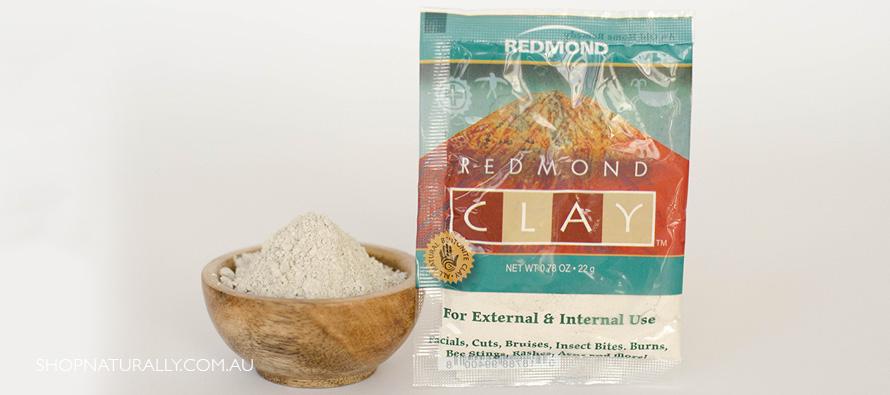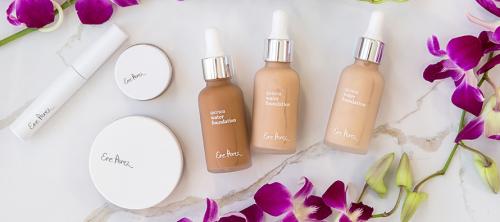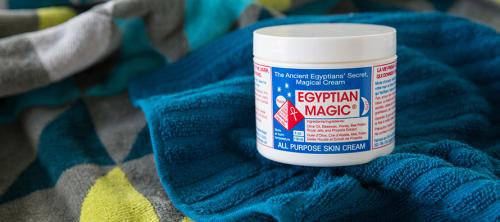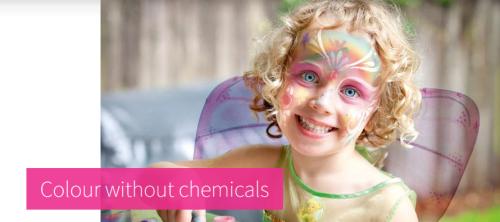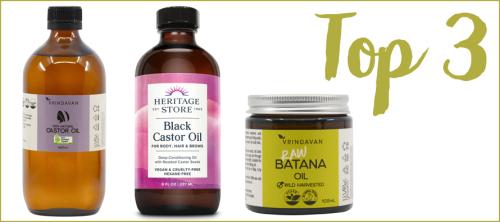8 things you can do with bentonite clay
About Bentonite Clay
Redmond Bentonite Clay is an old home remedy that has been used for generations and its origins are as old as the practice of putting a mud poultice on a bee sting. Geologically, Bentonite Clay is volcanic ash that was deposited in sea water approximately 150 million years ago. Redmond brings this “clay of a thousand uses” to market in its natural state with no additives, chemicals or preservatives. The only processing it undergoes is crushing and screening.
Bentonite Clay has a strong negative electromagnetic charge, and it acts like a magnet in and on our bodies when activated by water, pulling metals and toxins to it.
On top of being able to draw-out toxins from the body, the clay itself has a range of nutrients. Bentonite clay is known to have an abundance of minerals, including calcium, magnesium, silica, sodium, copper, iron and potassium.
Here's a video from Redmond showing how to create a mud poultice without making a mess and how to make a 'clay burrito' to make a clay pack in cheesecloth without making a huge mess.
How to prepare Bentonite Clay for use
Mix the Redmond Clay with water to make a gel the consistency of mustard. Approximately two parts water with one part Bentonite Clay should be about the right consistency but you can add more clay or more water till you get it right. You can make more than you need if you like, so you always have some on hand ready to go. Store the gel in a covered, non-metallic container and it will not dry out and will not separate. If it does dry out over prolonged storage, just add water and remix.
Then apply the gel/paste directly on the skin for a drawing effect. If the clay is not covered it will dry out, and as it dries, you will feel it draw and pull. If you want a tightening effect, as in the case of a facial, leave it on until it is almost dry, then remove. If you want a more cooling and soothing effect, cover the gel with a plastic covering or wet cloth so it won’t dry out. To remove the clay pack, simply wash it off with water and a gentle rubbing motion being careful not to rub too hard as you may cause some irritation.
8 things to do with bentonite clay for topical application
1. Used on the skin to combat rashes, reactions and acne
When combined with water and left to dry on the skin as a clay mask, the clay is able to bind to bacteria and toxins living on the surface of the skin and within pores to extract these from the pores. This helps alleviate redness, and also to fight reactions from irritating lotions or face washes, and even helps to reduce the outbreak of blemishes, as well as treating those that do appear.
2. Hair and scalp detox
Bentonite Clay can be mixed with liquid (either water, cooled herbal tea, or Bragg apple cider vinegar are all good options) and essential oils and applied to your hair for a hair treatment and detox. Simply massage into the scalp then down to the ends of your hair and leave for 5-10 mins (don't let it dry) then rinse out.
3. Armpit detox
For those transitioning to natural deodorant and find it not working quite as well as you had hoped, or who are having a reaction to the bicarb soda in most natural deodorants, an armpit detox can be good to try. You will need to mix a paste of bentonite clay, 1/4 tsp apple cider vinegar and water into a paste then apply this to your armpits morning and night, leave it to dry for 10-15 mins and then wash off gently with warm water. Repeat twice a day if possible for 7-10 days.
4. Toothpaste
Bentonite Clay is an ingredient in some of our natural toothpaste options. Not only does it bind to and draw out heavy metals and toxins (a huge advantage for your mouth, teeth and gums!), but it is alkaline and full of minerals and relatively neutral tasting. You can try Redmond Earth Paste available in 5 flavours (Peppermint, Spearmint, Lemon Twist, Cinnamon or Wintergreen), PearlBar Charcoal + Bentonite Clay Whitening Toothpaste - 113g which contains both bentonite clay and charcoal, or My Magic Mud Polishing Tooth Powder 150 Uses - Spearmint or Peppermint.
5. Clay detox bath
Fill bath to your desired temperature and add some bentonite clay making sure it dissolved thoroughly. Depending on the size of your bath you will use approx 1/4 to 1 cup of clay. Be sure to drink plenty of cooled water during and after your bath to help with the detox.
6. Baby powder
Bentonite clay can be applied to any area on the skin your baby that is irritated, red or needs soothing without all the chemicals and the talc used in traditional powders. It is very gentle and naturally cleansing. Apply a small amount of the clay directly to the skin and allow it to sit for several minutes before wiping/rinsing it away. For an easy DIY baby powder shaker you can buy a small food shaker from a kitchen ware store (note it must be plastic as if you store bentonite clay in metal it will draw the impurities of the metal into it) or buy our pre-made Redmond Baby Powder shaker (coming soon).
7. Homemade Calamine Lotion
Although it also contains a few hard to find ingredients, if you are really keen you can certainly make your own Calamine lotion which is a mix of zinc oxide, iron oxide, bentonite clay, baking soda, water and optional few drops of essential oil (you want an oil that is antibacterial like tea tree or lavender essential oil). Google will help you find recipes for this, as we do not currently stock zinc or iron oxide.
8. Acne Spot Treatment
Combine a small amount of bentonite clay with apple cider vinegar to make a paste. Apply to acne spots and if possible leave overnight then gently wash off with warm water.
A friendly note on internal use of Bentonite Clay. Yes it is possible, yes it can have great benefits (for some!) but it can also very quickly cause issues and harden in your digestive system if not used correctly and not followed up with appropriate amounts of water to flush out your system. As always - we recommend you seek qualified medical advice before starting any internal detox.
